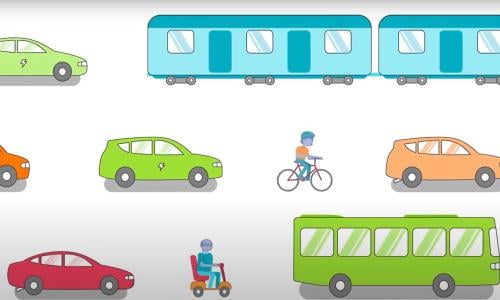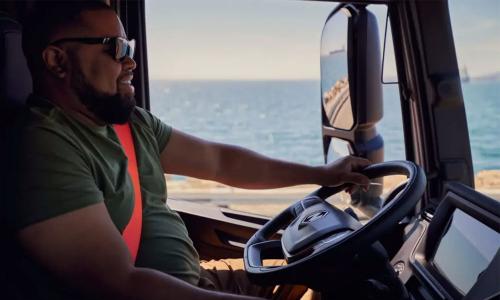Based on a 2013 survey by Consumers Union and UCS, 42 percent of U.S. households could use an electric vehicle—far more than the less than one percent who currently have one.
Update
In 2016, UCS and Consumers Union surveyed drivers in California and the Northeast, with encouraging results for the future of electric cars in the United States.
In September 2013, Consumers Union and the Union of Concerned Scientists conducted a nationally-representative survey on the driving habits and vehicle needs of U.S. households.
Our findings? 42% of U.S. households could use today's EVs.
That shows serious room for growth from the less than 1% of U.S. households who currently own an EV—and it’s great news for the climate, saving consumers money on fueling costs, and halving projected U.S. oil use.
Key findings include:
- 42% of U.S. households meet the basic requirements for using a plug-in hybrid electric vehicle (PHEV). PHEVs, like the Chevy Volt, run on both gasoline and electricity.
- 25% of U.S. households meet the basic requirements for using a battery-electric vehicle (BEV). BEVs, like the Nissan LEAF, run entirely on electricity, with no tailpipe emissions.
- 69% of U.S. households have weekday driving habits within the range of nearly all BEVs on the market today.
- 65% of people think electric vehicles are an “essential part of our nation's transportation future for reducing oil use and global warming pollution.”
PHEV vs BEV: who’s eligible?
To utilize a PHEV, respondents had to meet all three of the following requirements:
- Access to parking and an outlet, as PHEVs require charging access. 56% of U.S. households have access to charging.
- 5 or fewer occupants (including driver), as most of today's PHEV models are 4 or 5 person passenger cars. 95% of U.S. households report 5 or fewer occupants in their cars.
- No hauling or towing needs, as today's PHEVs aren’t suitable for towing. 79% of U.S. drivers don’t need to tow.
To utilize a BEV, respondents had to meet three additional requirements:
- Access to parking and an outlet specifically at home.
- Drive a maximum of 60 or fewer miles on weekdays. Most of today's BEVs have driving ranges between 60 and 90 miles. 69% of U.S. drivers have weekday range requirements safely within this range.
- Own more than one vehicle or infrequently take long trips. A second vehicle enables longer driving ranges during vacations and trips. 65% of U.S. households have more than one vehicle.
Methodology
The survey was conducted in conjunction with Consumers Union on September 26th, 2013.
1000 randomly selected US-based individuals, aged eighteen or over, were asked by phone a range of questions relating to their driving requirements.
Based on the eligibility outlined above, the survey results were analyzed to see what percentage of U.S. households meet the requirements of PHEV and BEV ownership.
U.S driver and household statistics are based on survey respondents who reported owning at least one vehicle.
For more about our survey and analytical methodology, click here (PDF).
Rights and permissions
You are free to use and post this infographic without alterations online, in written materials, and in presentations. We request that any online use includes proper citation and a link to this web page.



